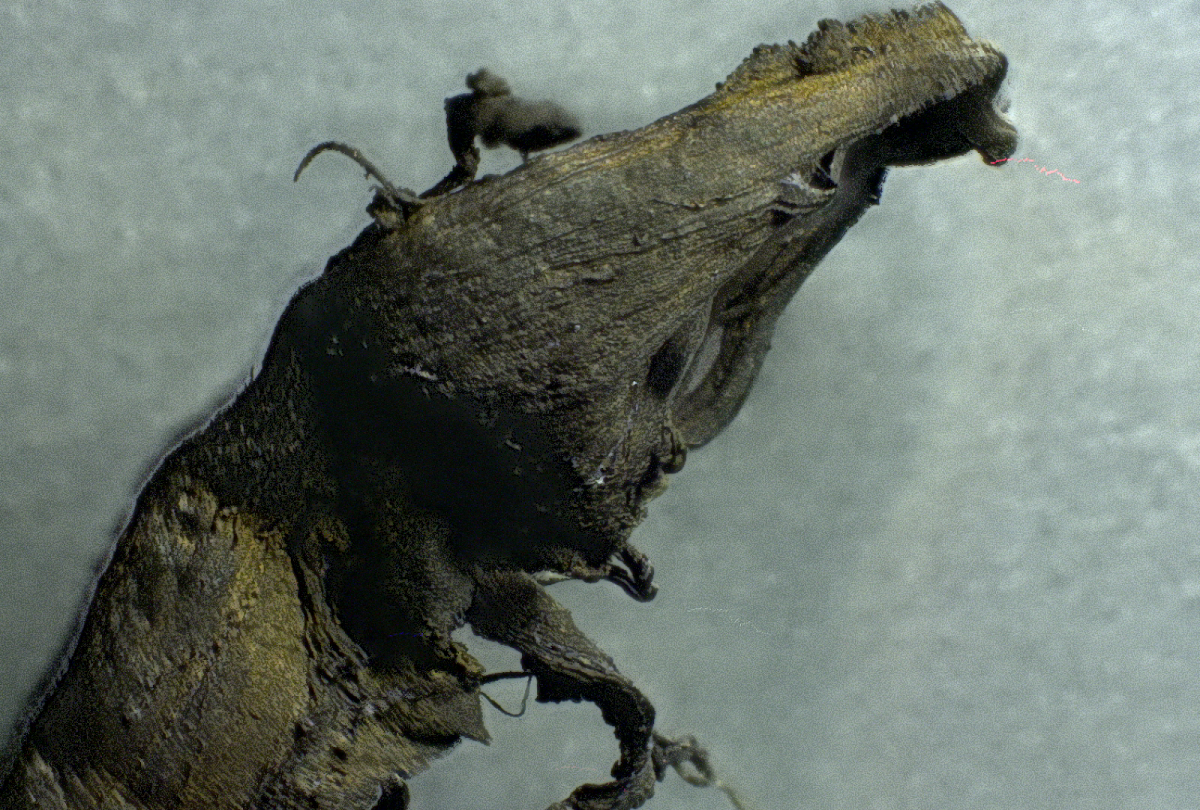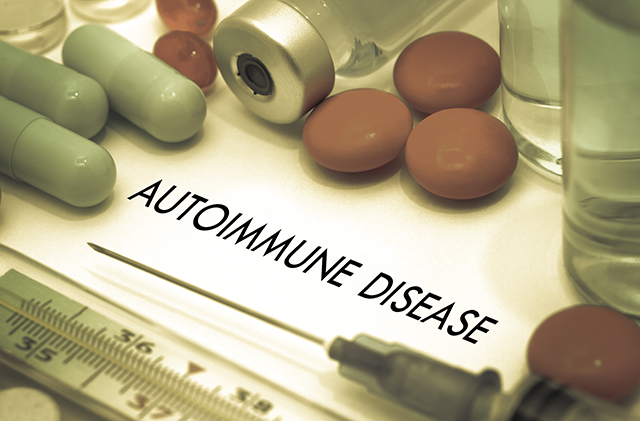Endocrine-disrupting chemicals in pesticides and birth control pills can affect fish for generations
11/04/2020 / By Divina Ramirez

Fish can pass on health issues caused by endocrine-disrupting chemicals to the next two generations of their offspring, according to new research.
Published in the journal Environmental Science and Technology, the study shows that chemicals found in pesticides and birth control pills, which mimic natural hormones, impact gene expression, cause deformities, alter growth, reduce survival and reduce egg production in exposed inland silverside fish.
The researchers found that the first and second generation offspring of exposed fish suffered from the same health problems as their parents, despite indirect or no exposure to the chemicals at all. This finding not only proves that endocrine disruptors have a negative effect on the long-term population viability of marine animals, but that current regulations, which do not assess the possible transgenerational effects of such chemicals, are inadequate.
Transgenerational effects of endocrine-disrupting chemicals
The idea that endocrine-disrupting chemicals have adverse effects on the health of living organisms is not new. These chemicals have long been associated with various health problems, such as low survival rate, hampered growth, weak immune health and poor reproductive success. However, scientists know little about how the exposure of parent organisms to endocrine-disrupting chemicals impact the health of their offspring.
To investigate this, the researchers exposed inland silverside fish to four endocrine-disrupting chemicals that commonly pollute waterways: bifenthrin, levonorgestrel, ethinylestradiol and trenbolone. Bifenthrin is a pesticide, while levonorgestrel and ethinylestradiol are synthetic hormones used in birth control pills. Trenbolone is a synthetic steroid used on livestock to increase their muscle mass and appetite. (Related: Steroid use linked to increased risk of bacterial and viral infections.)

According Susanne Brander, an assistant professor of environmental and molecular toxicology at Oregon State University and the study’s senior author, inland silverside fish is a model organism for estuary, marine and coastal habitats. For 21 days, Brander and her team exposed fish embryos to low concentrations of the four previously mentioned chemicals — similar concentrations to those found in polluted bodies of water.
They then evaluated the development, immune response, reproduction, gene expression and DNA methylation patterns of the exposed fish and two generations of their offspring. DNA methylation refers to the mechanism by which expression of a gene is shut down. This epigenetic regulation is considered an important marker of how an organism will develop.
The researchers found that the exposed fish had altered gene expression and DNA methylation patterns, as well as deformities and decreased egg production. Their first generation offspring had lower hatching success and developed deformities as larvae.
Meanwhile, the second generation had the largest decrease in survival rate. They also had altered DNA methylation patterns. In the wild, these adverse health effects caused by exposure to endocrine-disrupting chemicals could lead to a significant decline in fish populations over time.
Moreover, it is worth noting that altered DNA methylation patterns still appeared in the second generation of fish. DNA molecules have chemical switches that turn them on and off. As shown in the study, exposure to endocrine-disrupting chemicals influences which genes are switched off in future generations.
Another thing that’s worth noting is how the second generation offspring suffered from these consequences despite having no direct exposure to the chemicals. The researchers said that their study offers proof of just how dangerous endocrine disruptors can be. And because their adverse effects are carried over to future generations, the researchers warn that continuous exposure of fish to these harmful chemicals can cause a decline in their population.
Read more articles about endocrine-disrupting chemicals and their impact on wildlife and ecosystems at Chemicals.news.
Sources include:
Submit a correction >>
Tagged Under:
birth control pills, Ecology, Endocrine disruptors, environment, marine life, ocean health, reproduction, research, toxic chemicals
This article may contain statements that reflect the opinion of the author




















